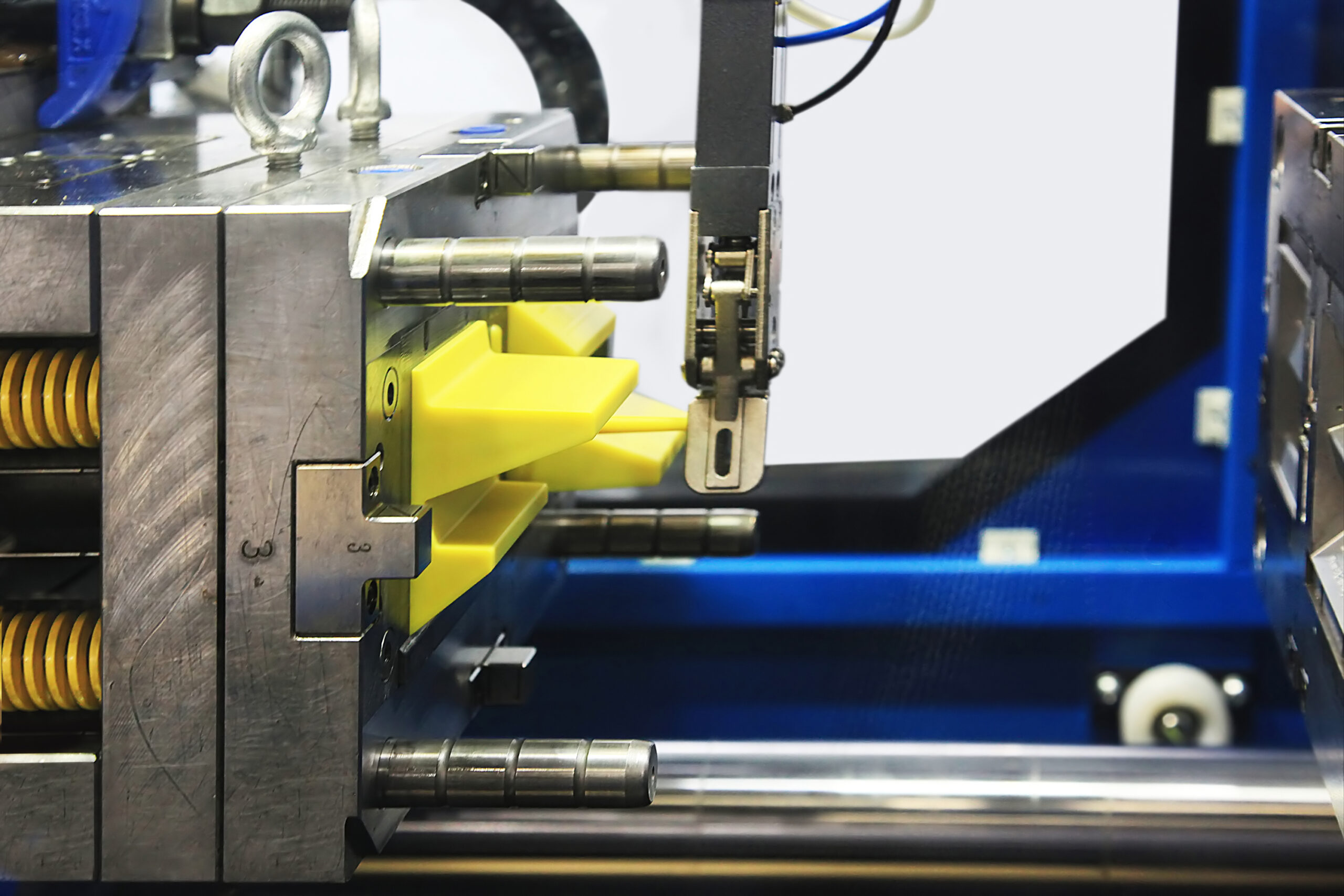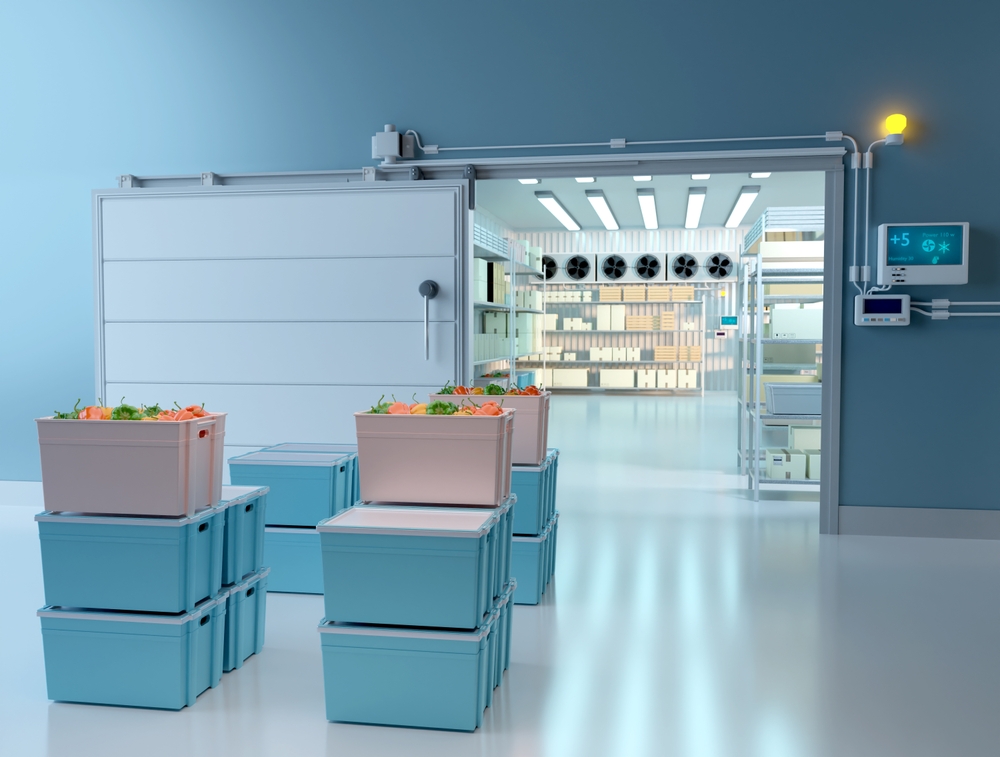Alright, so here’s the deal. We’ve got two processes in the world of manufacturing that are pretty darn important. Say hello to injection blow molding and extrusion blow molding. These techniques are used to create all sorts of plastic parts that can be disposed of and recycled, including stuff for medical and research applications. Now, each of these processes has its own unique functions that give different results. That’s why it’s crucial to understand both of them before deciding which one suits your needs. No worries, though; we’re here to help you out! Let’s dive into how each process works and determine which route is best for you. Exciting stuff, huh?
Injection Blow Molding
First up, we are taking a look at injection blow molding. This is a manufacturing process used in various industries to create plastic containers and bottles. The process involves melting down plastic pellets and injecting them into a mold cavity, which is divided into two halves. After the molten plastic cools, one-half of the mold is opened, and the part is ejected.
Injection blow molding is used in a wide variety of industries, such as:
- Pharmaceuticals: Injection blow molding is used to create various types of pharmaceutical containers and bottles.
- Cosmetics: Injection Blow Molding can be used to produce disposable bottles for cosmetics and health care products.
- Food and Beverage: The process is often used to create containers for food and beverage packaging.
- Household Products: Injection blow molding is also used to manufacture a variety of household items, such as detergent bottles, shampoo containers, cleaning supplies, and more.
Injection blow molding is an effective and efficient way to produce high-volume, consistent plastic parts that are cost-effective and made to exact specifications. It is also an environmentally friendly process, as it reduces the amount of waste created during traditional plastic manufacturing processes.
Injection blow molding provides a number of advantages for companies in terms of flexibility, scalability, and quality control. Companies can quickly change their product designs to meet changing demands, and the process is able to handle complex shapes and details. Overall, injection blow molding is a reliable and efficient way to manufacture large quantities of consistent plastic parts that meet exact customer specifications. But what is extrusion blow molding, and should you consider it?
What is Extrusion Blow Molding?
Extrusion blow molding (EBM) is a manufacturing process that creates hollow plastic parts by using air pressure to shape molten plastic. It is often used in the manufacture of items such as toys, containers, and bottles. The EBM process typically begins with melting down pellets of thermoplastic material inside a hopper. The molten plastic is then forced through an extrusion die, where it forms a thin-walled tube that is cooled and cut into sections. These sections are then placed in a two-part mold and clamped together. Air is injected into the mold to expand the plastic around the cavity of the mold and form the desired shape.
This form of blow molding is used in a variety of industries, including food and beverage, pharmaceuticals, automotive applications, agricultural products, consumer goods packaging, and more.
Benefits of Extrusion Blow Molding
- Cost-effective for large production runs
- Ability to produce complex shapes with minimal flash or trimming requirements
- Durable and reliable parts
- Quick cycle times and easy tooling
- Suited for small to large-scale operations depending on the number of cavities in the mold.
- Versatility – able to produce thin-walled containers, toys, automotive components, etc.
- Environmentally friendly – uses less material than other processes and produces fewer scrap parts.
- It can be used with a variety of materials such as HDPE, LDPE, PP, PC/ABS, and many others.
Overall, extrusion blow molding is an efficient process for creating hollow parts that can withstand various conditions. It is a cost-effective and reliable process that is well-suited for numerous industries and types of products. With this process, businesses are able to save on production costs while receiving high-quality parts with complex shapes in short lead times. Both of these options sound great for scaling your business, so let’s take a look at the key differences.
Injection Blow Molding (IBM) vs. Extrusion Blow Molding (EBM): What are the Key Differences?
If you’re looking for the best way to produce plastic containers, then you may be stuck between two of the main plastic injection molding technologies: Injection Blow Molding (IBM) and Extrusion Blow Molding (EBM). Each of these techniques has its own benefits and drawbacks, but understanding the key differences will help you decide which one is right for your project. Let’s take a look at how each of these molding processes works, what makes them unique, and which one would best suit your needs.
IBM uses an injection mold to create a hollow tube known as a parison. This is then inserted into the blow mold and inflated to form the final product. The process requires two separate molds: one for injection and one for blowing. It usually takes longer to produce parts using IBM, but it also offers higher accuracy and superior material bonding properties.
EBM, on the other hand, utilizes a single mold, which is used for both injection and blowing. A machine first forces melted plastic through an extruder in the shape of a hollow tube. This tube is then inserted into the blow mold, and air pressure is applied to form the final product. The process is much faster than IBM, but it offers less accuracy and inferior material bonding properties.
When deciding between IBM and EBM, you should consider your timeline, budget, and end product requirements. If you need parts quickly and don’t mind sacrificing accuracy, then EBM may be the right choice.
Contact Raw Restoration Blasting for all of YourInjection Blow Molding (IBM) and Extrusion Blow Molding (EBM) Needs
At Raw Restoration Blasting, we help you consider what’s most important for your product and tackle the solution head-on. With our extensive experience in the manufacturing process, from tubes to bottles, we are here to help guide you to the best solution. Contact us today, and let’s get started on scaling your project together.





